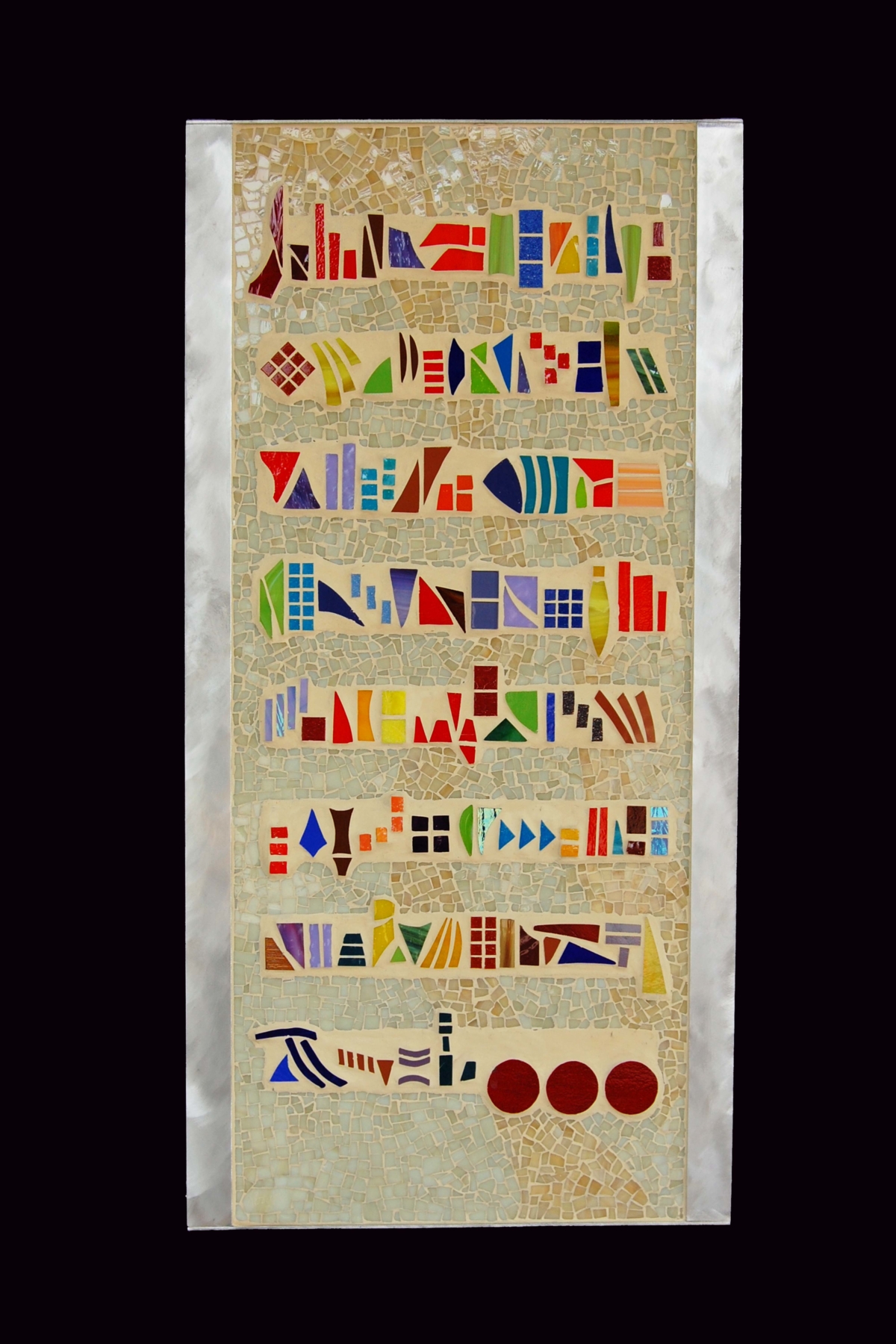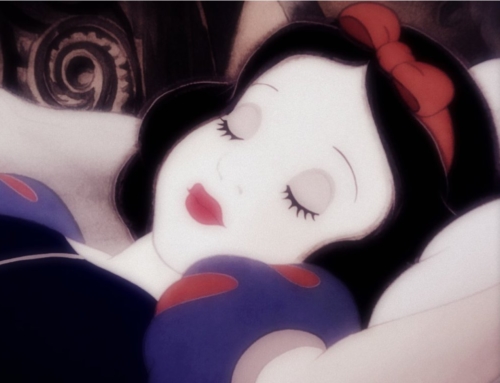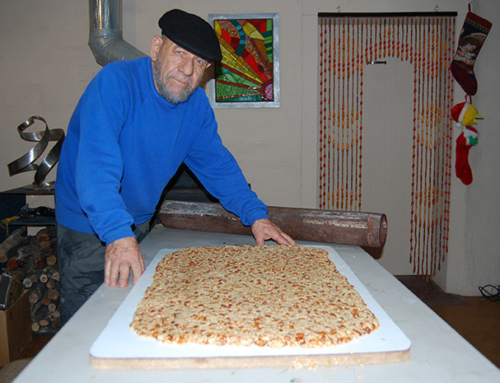DOT DOT DOT
Being a sculptor and mosaicist, my time in the workshop is often the biggest part of the day. Perhaps a third of the work on any of my art pieces is rather routine … cutting large, beautiful pieces of glass into less usable, smaller pieces for mosaic work or grinding and polishing metal parts for a welded sculpture … routine and boring … and sometimes that is exactly what is needed to shift the mind to percolating mode.
So … about a week ago, I heard in conversation that “we should learn to appreciate the small things.” That general thought triggered a question in my personal thinking … what “small” things do I value and appreciate. I considered size first. Did a child qualify as being small? No. A human of any description should not be considered as a small thing. What about a cup of coffee … something I truly appreciate. That does qualify, but I wanted smaller. A hummingbird perhaps, miniscule, but magnificent and mysterious. Smaller than a hummingbird? What about sub-atomic particles? No … too small and I don’t know enough about them to be genuinely appreciative. Oh, I know … Punctuation marks! I’ve always liked and appreciated punctuation marks. And they are small … not as small as quarks and bosons and fermions and neutrinos, but small. And they are important. And they can be fun!
How fun? Before reading another paragraph go to YOU TUBE, search for Victor Borge and watch him perform his bit called Phonetic Punctuation (4 minute, 7 seconds version is the best). Borge was a Danish pianist and comedian and part of his fame was due to the wonderfully crazy idea of assigning a particular sound to each of our punctuation marks. It will be an enjoyable 4 minutes for you. Then … come back to this little blurb.
Welcome back! Enjoy Borge? I’ve watched his punctuation bit for at least 50 years and always have to laugh. The discussion was, however, about appreciating small things and I settled on punctuation marks which are valuable little things. They’re like little traffic cops for language … directing you to stop, hinting at a pause, creating a question, telling you when to shout, clarifying thoughts, etc. In the English language we have about fifty different punctuation marks, each with its own uses and restrictions and rules. In normal writing circumstances, we probably use and are familiar with half that number or fewer. Some people make a great study of punctuation and write long and almost always boring papers about it. I’m sure some lunatic educational institution has a doctorate program in punctuation. Now … you and I know … a PhD in punctuation allows the holder to write skillful (and, of course, well-punctuated) grant applications to travel around the world and study punctuation in 30,000 different languages, at someone else’s expense, of course.
How’s that for a sour grapes side trip? Understand that I like punctuation and genuinely appreciate the squiggles and dashes and wriggles and slashes and I enjoy immensely using punctuation properly. That’s one of the signs of a decent education. But … I also like to misuse punctuation. So … here’s the deal … I am going to discuss only one of the punctuation marks and it’s my favorite … and it’s called The Ellipsis or Dot-Dot-Dot.
The Ellipsis (pronounced: e-LIP-sis) is not to be confused with the mathematical ellipse (pronounced: e-LIPS) which in plane geometry is a curved shape around two focal points, something often referred to as an oval. Nor is it to be confused with eclipse (pronounced: e-CLIPS) in astronomy where one heavenly body moves in front of another in an effort to have a more prominent place in our photographs. The next sentence is mildly interesting but of little real value. The plural form of ellipsis (dot-dot-dot) and the plural form of ellipse (in geometry) are spelled exactly the same … ellipses (pronounced: e-lip-SEES). Just try never to use that plural word because it means you’re just showing off and trying to confuse the slower amongst us. From now on I promise I won’t use the plural form and will only refer to it as “that E-word.”
The ellipsis is also used in mathematics for several functions (some of which I understand). At one time, the three dot formation had its place in computer software programming (none of which I understand) and may still be used there. This paper is concerned only with punctuation of English language writing.
First, you should know that some of the academic crowd actually argue if the dots should be adjacent … or spaced . . . or fenced in (…) or free range .:••. My advice is to avoid those people … they’re nothing but trouble. Form the ellipsis in whichever fashion you prefer and don’t worry about grammar rules … use dot-dot-dot whenever and wherever you prefer, remembering that even a small bucketful will last almost forever.
Why is dot-dot-dot my favorite punctuation mark? Simply … it’s the most versatile of all the punctuations. I’m not going to illustrate every possible use of dot-dot-dot. So … since I can’t say that it’s versatile without at least a few examples …
(1) The dot-dot-dot in the previous sentence is a signal that more is on the way.
(2) In the previous paragraphs I used the ellipsis a number of times (overused it, in fact) for effect or emphasis … and my bucket is still full.
(3) Dot-dot-dot is used to tell you of one or more missing words. “I ought to kill that no-good … and bury him upside down so he’s always pointed toward hell.”
(4) The ellipsis can be used to represent doubt. “I can turn your thousand dollars into a million.” “Really …
(5) Often, I use the dot-dot-dot as a creative crutch giving me and the reader a moment to pause, to organize thoughts, or pull in added info from almost anywhere.
(6) Most often, I feel, the dot-dot-dot is used to indicate an unfinished idea. Since the Italians seem to be the most prominent group which uses hand and body movements for speech, and since body language is punctuation for face to face speech, I’ve wondered how they would use body language to express “trepunti” (Italian for dot-dot-dot). Perhaps they would …
Aureleo Rosano
Tucson, AZ 04/01/2014


